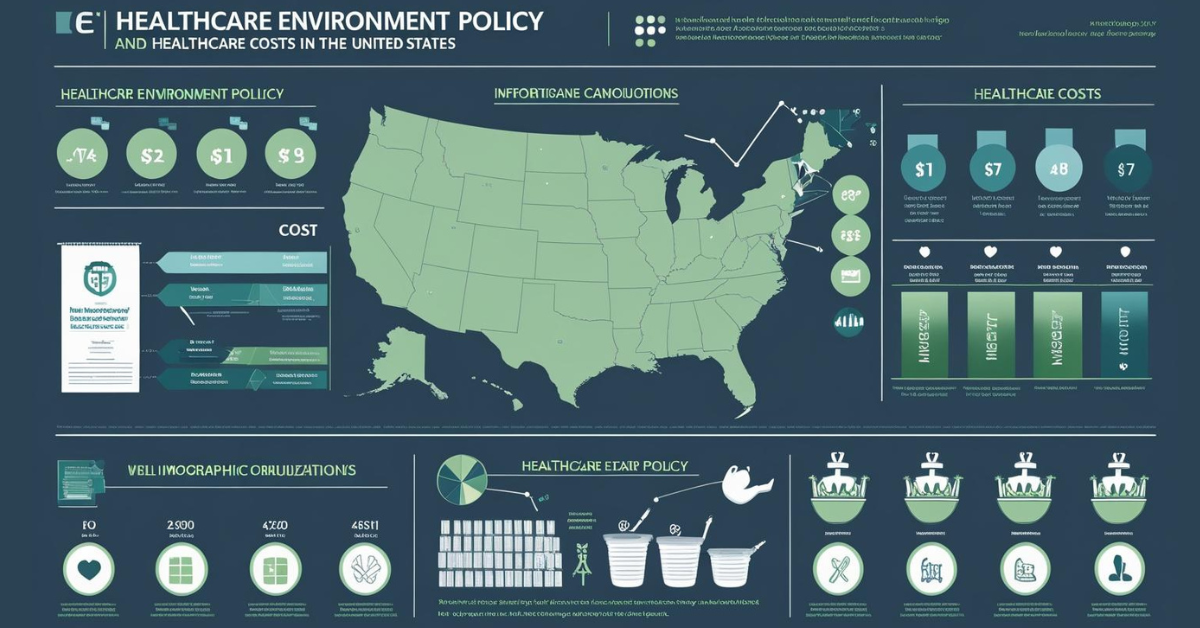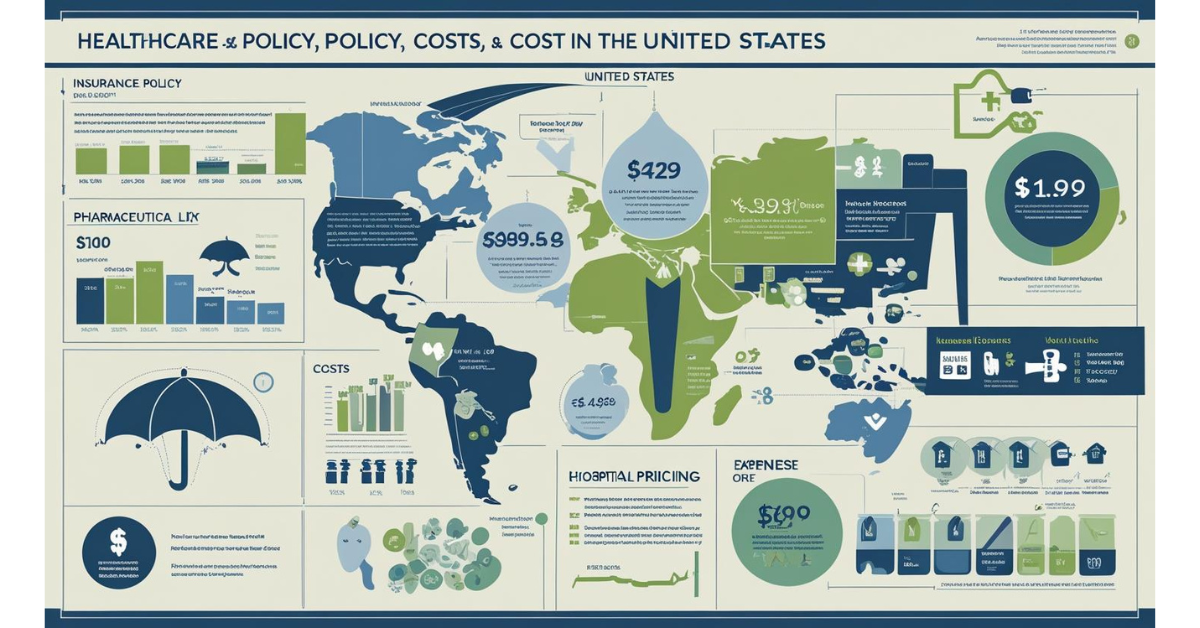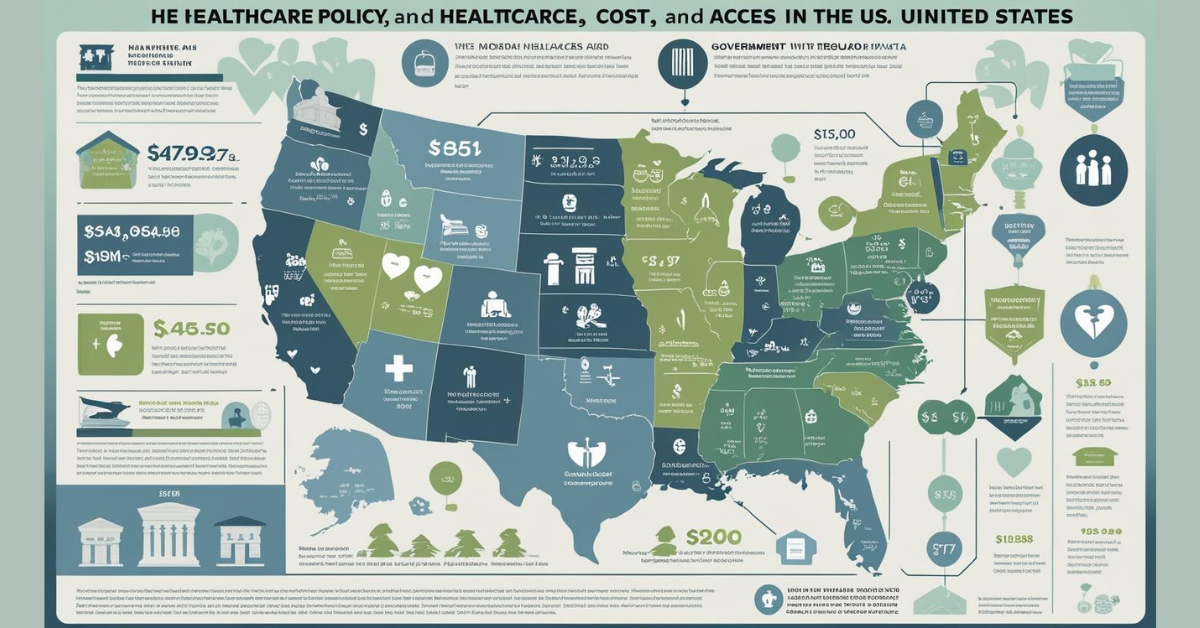The Health Care Environment Policy and Cost of Health Car in United State. Several factors contribute to rising health spending, and some play a significant role. This article examines the three main drivers of rising health costs: advances in medical technology, the prevalence of chronic diseases, and administrative costs.
The Health Care Environment Policy and Cost of Health Care in United State
The US healthcare system is characterized by high costs and a mix of public and private insurance, creating a complex and fragmented environment. There is growing recognition that environmental policies, particularly those addressing climate change, have a significant impact on public health, both directly and indirectly through factors such as air quality and resource management.
Environmental policies are also increasingly relevant, as the healthcare sector contributes to greenhouse gas emissions and pollution.
The majority of healthcare spending in the US and comparable countries is on hospital and physician care, followed by prescription drugs. In the US, hospital spending accounted for nearly one-third (30.4%) of total healthcare spending in 2022, and spending on physicians and clinics accounted for 19.8% of total spending.
Healthcare in the United States is primarily provided by private institutions and funded through a combination of public programs, private insurance, and out-of-pocket spending. In the United States, health insurance contributes to medical costs through private insurance, Social Security, or a government-funded welfare program. The United States spends significantly more on health care than comparable countries, yet experiences worse health outcomes. Much of the national debate has focused on prescription drug spending, insurer profits, and administrative costs as the primary drivers of health spending in the United States.
What Is Cost of Health Care
In the year 2000, the United States was estimated to have spent $4,703 per person for health care. By 2010, that figure had increased to $8,233 per person, an increase of $3,530 per person. Considering all countries within the Region of the Americas, which includes the United States, Canada, and all Central and South American countries, combined spending in all of these countries including the United States was $1,985 per person in 2000 and $3,454 per person in 2010 (WHO, 2013).
The combined totals for the remaining five WHO regions (African, South-East Asia, European, Eastern Mediterranean, and Western Pacific regions) surpass the per capita total expenditure of the United States on health care per person by $2,873 and $4,696, respectively, for 2000 and 2010.
If one views the U.S. health-care system from the health-care provider perspective, the revelation that “insurers do not cover provider costs” can be surmised (Davidson, 2013, p. 9). Davidson estimates that individuals without insurance pay amounts closest to actual charges, or approximately 90% of actual costs. Those with private insurance pay approximately 65% to 75% of actual charges, depending on the insurer, and those with Medicare pay approximately 65% of actual provider costs.
Medicaid has historically paid an even smaller percentage of actual provider costs; this applies to services at individual health-care practices as well as hospitals and other larger facilities. These unpaid costs are commonly referred to as uncompensated care . Many advocate for charity care or reduced-cost care for the uninsured or under insured. In the United States, charity care or reduced cost care exists for persons who do not have adequate access to the private, public, or government health-care systems or insurance as a result of life circumstances.
As mentioned earlier, this type of health care is very limited in scope and location and, for the most part, is also uncompensated care. Secondary to EMTALA, hospitals with emergency departments accepting Medicare are required to stabilize all patients regardless of their ability to pay. In conveniently, persons unable to access the health-care system through a provider’s office or clinic often use the emergency department for care that could easily be provided in a primary care setting and at a substantial cost reduction.
This results in uncompensated excessive costs for services that normally would cost much less if care had been provided by a primary care provider. Inherent in this untenable situation is that inefficiency permeates the system, and individual service costs increase yearly, commonly in response to increased costs for supplies, medications, and professionals’ compensation (Davidson, 2013). Despite the increasing costs of the system, in 2013 the Commonwealth Fund Commission on a High Performance Health System noted, “There is broad evidence . . . that much of the excess spending is wasteful” (2013, p. 7).
Nurses at all levels must be aware of the limitations under which health-care systems operate. Labor is the largest component of total costs, with nursing being the largest of that component. In hospitals, labor correlates closely with total expenses. Hospital operating margins, the comparison of the operating budget compared with total income, vary per system, but usually operations leave less than 5% to 6% of total income available for profit (Health Leaders Media, 2015).
Nurses must be cognizant of their contribution to increasing costs to the system and make a concerted effort to be good stewards of available resources in the delivery of safe and quality nursing care. Nurse leaders and managers must be accountable for nursing expenditures, budgets, and outcomes. Skills required, according to the AONE (2015a), include financial management, human resources management, strategic planning, and information management and technology.
Financial management includes management of annual operating budgets and long-term expenditures and education of patient care team members in relation to financial implications of patient care decisions. Human resources management includes the development of educational programs, workforce planning or employment decisions, corrective discipline, employee satisfaction, reward and recognition programs, promotion of healthy work environments, and compliance with legal and regulatory guidelines.
Strategic management includes defending the business component of nursing, the analysis of market data in relation to supply and demand, and promotion of the image of nursing and the organization through effective media. Information technology and management consist of using technology to support clinical and financial improvements; collaborating to establish information technology resources, evaluate technology in practice settings, and use data management systems for decision making; demonstrating skills in assessing data integrity and quality; and leading the adoption and implementation of information systems (AONE, 2015a).
Read More:
https://nurseseducator.com/didactic-and-dialectic-teaching-rationale-for-team-based-learning/
https://nurseseducator.com/high-fidelity-simulation-use-in-nursing-education/
First NCLEX Exam Center In Pakistan From Lahore (Mall of Lahore) to the Global Nursing
Categories of Journals: W, X, Y and Z Category Journal In Nursing Education
AI in Healthcare Content Creation: A Double-Edged Sword and Scary
Social Links:
https://www.facebook.com/nurseseducator/
https://www.instagram.com/nurseseducator/
https://www.pinterest.com/NursesEducator/
https://www.linkedin.com/in/nurseseducator/
https://www.researchgate.net/profile/Afza-Lal-Din
https://scholar.google.com/citations?hl=en&user=F0XY9vQAAAAJ


